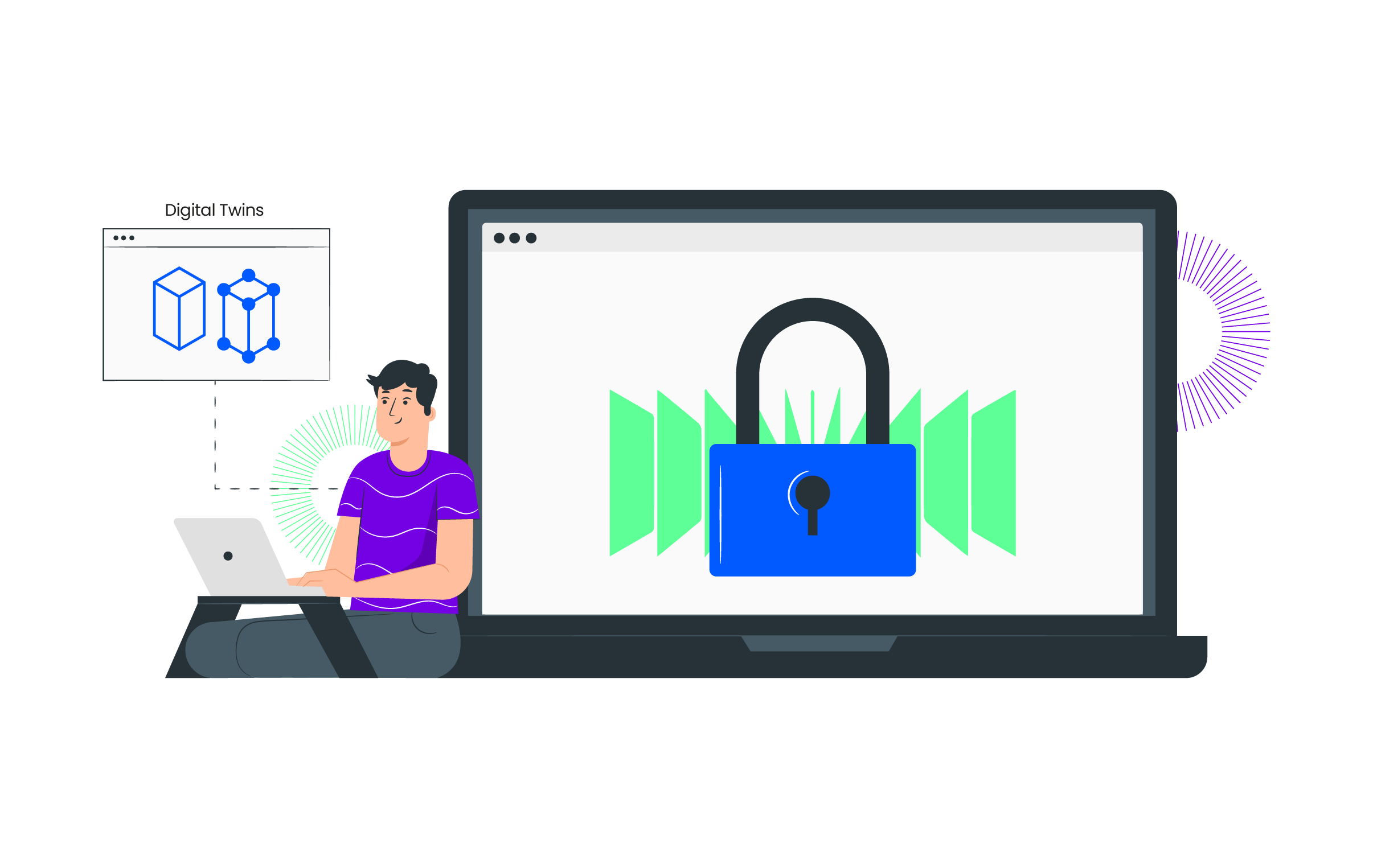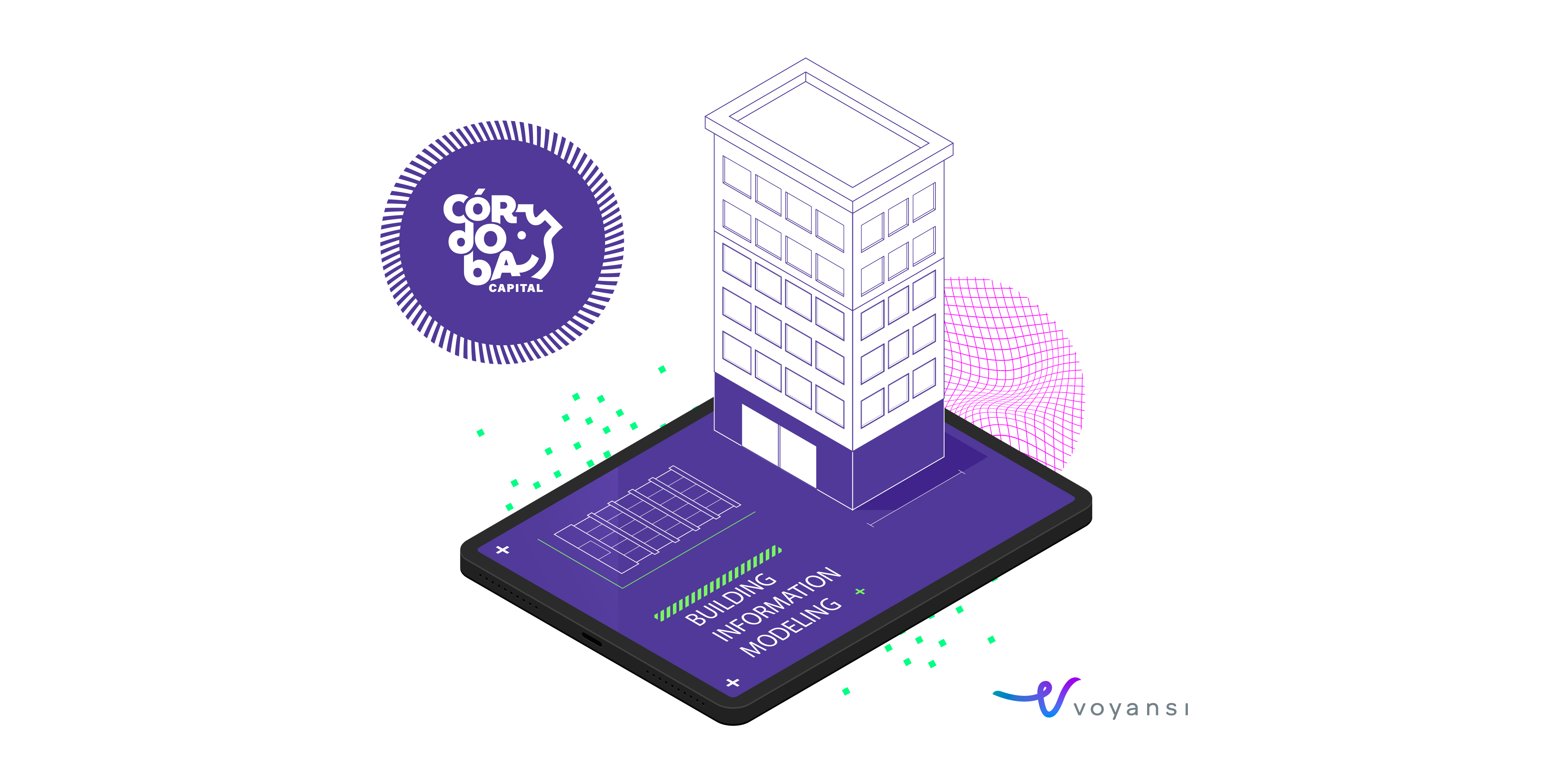Unlocking Efficiency and Innovation with Digital Twin Software

In the rapidly evolving landscape of technology, businesses are constantly seeking innovative solutions to enhance efficiency, productivity, and decision-making processes. One such groundbreaking technology that is revolutionizing various industries is digital twin software. With its ability to create virtual replicas of physical assets, processes, and systems, digital twin software is reshaping how businesses operate and innovate.
Understanding Digital Twin Software
Digital twin software allows organizations to create real-time digital representations, or "twins," of physical assets, such as machinery, buildings, or even entire production facilities. These virtual models, equipped with sensors and connected to the Internet of Things (IoT) devices, can gather data and simulate real-world scenarios. This capability offers businesses invaluable insights into their assets' performance, behavior, and condition, empowering them to make data-driven decisions and optimize operations.
Driving Efficiency and Optimization
The primary benefit of digital twin software lies in its ability to enhance asset performance and maintenance processes. Organizations can continuously monitor the digital twin of a physical asset, detect anomalies, predict failures, and proactively schedule maintenance, thus minimizing downtime and reducing operational costs. Moreover, digital twins enable companies to simulate various scenarios and identify potential bottlenecks or inefficiencies in their processes, promoting continuous improvement and optimization.
Facilitating Innovation and Collaboration
Digital twin software also promotes innovation by providing a virtual environment for testing and experimentation. It enables businesses to design new products, optimize supply chain logistics, or simulate complex manufacturing processes without the constraints of the physical world. Moreover, digital twins foster collaboration among different teams and departments by providing a centralized platform for sharing data, insights, and ideas.
Applications Across Industries
The versatility of digital twin software makes it applicable across a broad spectrum of industries, including manufacturing, construction, healthcare, and transportation. In manufacturing, it helps optimize production processes, improve product quality, and reduce waste. In healthcare, digital twin software is pioneering personalized medicine by simulating the human body and predicting treatment effectiveness. In transportation, it enhances logistics networks' efficiency and enables predictive maintenance for vehicles and infrastructure.
Challenges and Considerations
While digital twin software offers significant benefits, its implementation and management come with challenges. Organizations need to invest in the right infrastructure, such as sensors, IoT devices, and data analytics tools, to support digital twin software deployments. Ensuring data security and privacy is crucial, given that digital twins often contain sensitive information about assets and processes. Additionally, integrating digital twins with existing systems and workflows requires careful planning and coordination to maximize their effectiveness.
Conclusion
Digital twin software represents a paradigm shift in how businesses leverage technology to drive efficiency, innovation, and competitiveness. Organizations gain unprecedented insights and capabilities to optimize operations, improve decision-making, and foster innovation across industries by creating virtual replicas of physical assets and processes. As technology advances, the adoption of digital twin software will accelerate, ushering in a new digital transformation era and opportunity for businesses worldwide.


